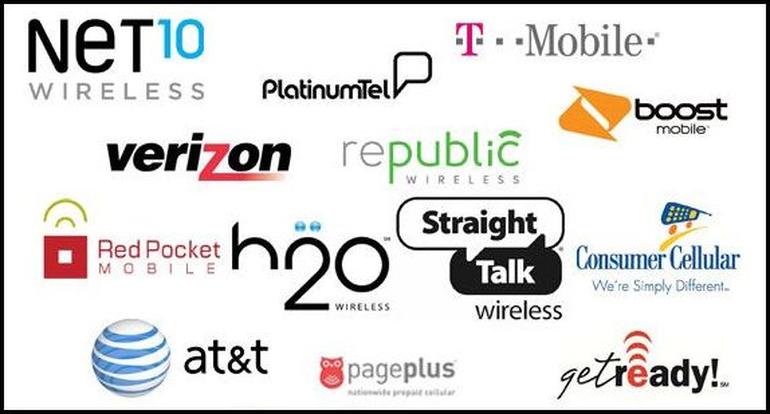
Whenever a mobile device is released, we often have to deal with the parlance of on-contract and off-contract pricing. While for those in the know this may not be as intriguing, many people actually have no idea of what on-contract or off-contract prices mean. In fact, this is particularly true for Kenyan folk due to the fact that it is not practiced here at home. To this end, an explanation can suffice in detailing the elements that define contract pricing.
In countries such as the US, getting the latest handset from any of the major manufacturers does not really have to be a very costly affair due to the element of contract. Through contracts, you are able to get a device at a greatly subsidized price, or even at no cost at all, and pay small charges at the end of every month for a defined period of time. Typical contracts go for 2 years, during which you pay small fees. While in the long-run you will have paid slightly more than you would if you had bought the device at its full cost. But the spreading out of the cost makes it much easier, and it is not easily evident.
The details of a contract often dictate the minutes, data, and messages that you are allowed to use within a month, after which you pay up in addition to the fixed charge for the remaining cost of the phone. However, in most instances you are able to continue calling, browsing, or texting even after you exhaust the limits set for you, but all this will be charged at the end of the month. Additionally, these text, minutes, and data bundles vary such that you are able to choose the most appropriate according to your needs.
As an example, take the ‘most popular flagship’, the iPhone 6 and iPhone 6 Plus. All American carriers provide it on two-year contracts with varying data, minutes, and text bundles. Nonetheless, the base model iPhone 6, with 16GB storage, goes for $199, which translates to around Kshs. 16000. On the other hand, the maxed out model, the 128GB iPhone 6 Plus, goes for $499, approximately Kshs. 42000. But of course there are instalments at the end of every month for the next 24 months.
On the other hand, an unlocked iPhone (unlocked refers to the device not being secured to any carrier such that it is capable of working with any GSM carrier) starts at $649 (Kshs. 55000) for the base model and goes up to $949 (Kshs. 82000) for the top-tier. Comparing these prices to the state in Kenya, whereby a 16GB iPhone 4, not even iPhone 5 or 5S, still goes for around Kshs. 40000, just highlights how badly the Kenyan market needs to embrace contract or carrier methodology to enable many people afford these flagships.




